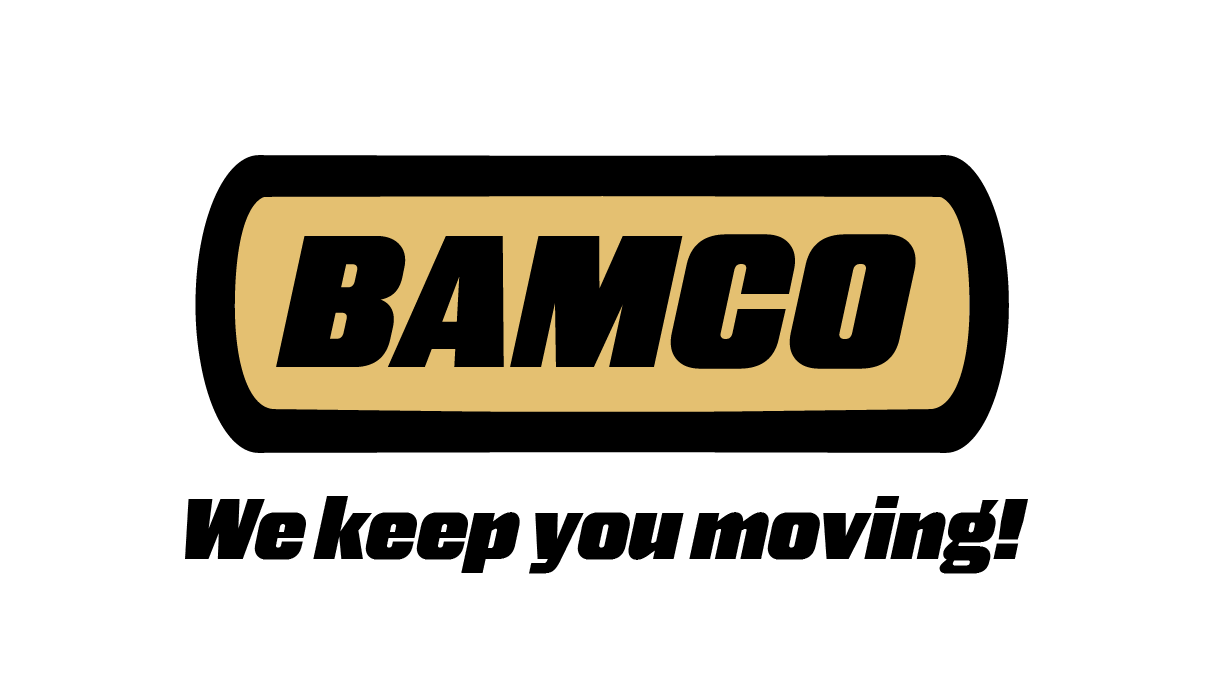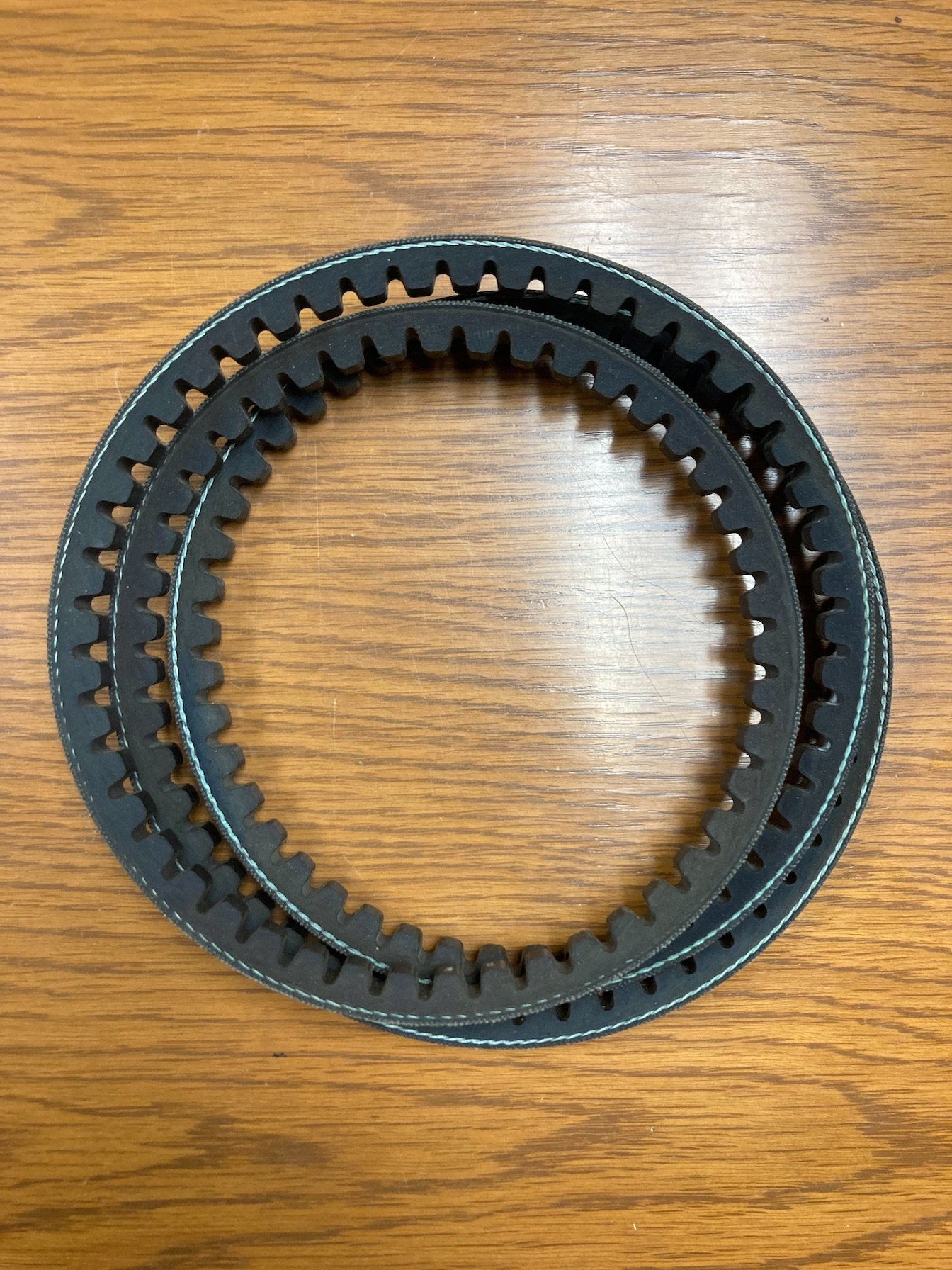In our previous article, we discussed the basics of V-belts. Now it is time for the fun part, the cost drivers. These belts range from a five dollars all the way up to a couple thousand. When it comes to this style of belting the dimensions are the biggest cost driver. The longer the belt, the more expensive that it is going to be.
The next biggest cost driver is the material that makes up the belt. Rubber is the most common and the cheapest compound used to make V-belts. However, cogged belts are made of chloroprene which is a little more expensive. Most V-belts have a tension member cord that is made of polyester. This is the cheapest material that is used. You can also get them in fiberglass (which is more expensive than polyester) and Kevlar (which is more expensive than fiberglass). Keep in mind that the rule of thumb is that the more the tension member costs, the stronger it will be.
Lastly, anything that gets away from being a normal V-belt is going to drive up the cost. The deep wedge and metric V-belts are more costly due to the fact that they can withstand higher horsepower. Cogged V-belts have a higher cost because they are; more flexible, less likely to slip due to raw edges, and because they are made of chloroprene. Lastly, when it comes to banded V-belts, you are paying for 2-8 V-belts in one with an extra band of fabric-neoprene hybrid on the top. Due to this fact, these belts are normally AT LEAST double the cost of a regular V-belt.
One last note is that these factors or traits can be stacked on top of each other. Someone could get a banded, cogged, deep-wedge V-belt if they so desired. The more traits that you add to the belt, the more the cost will be driven up.

